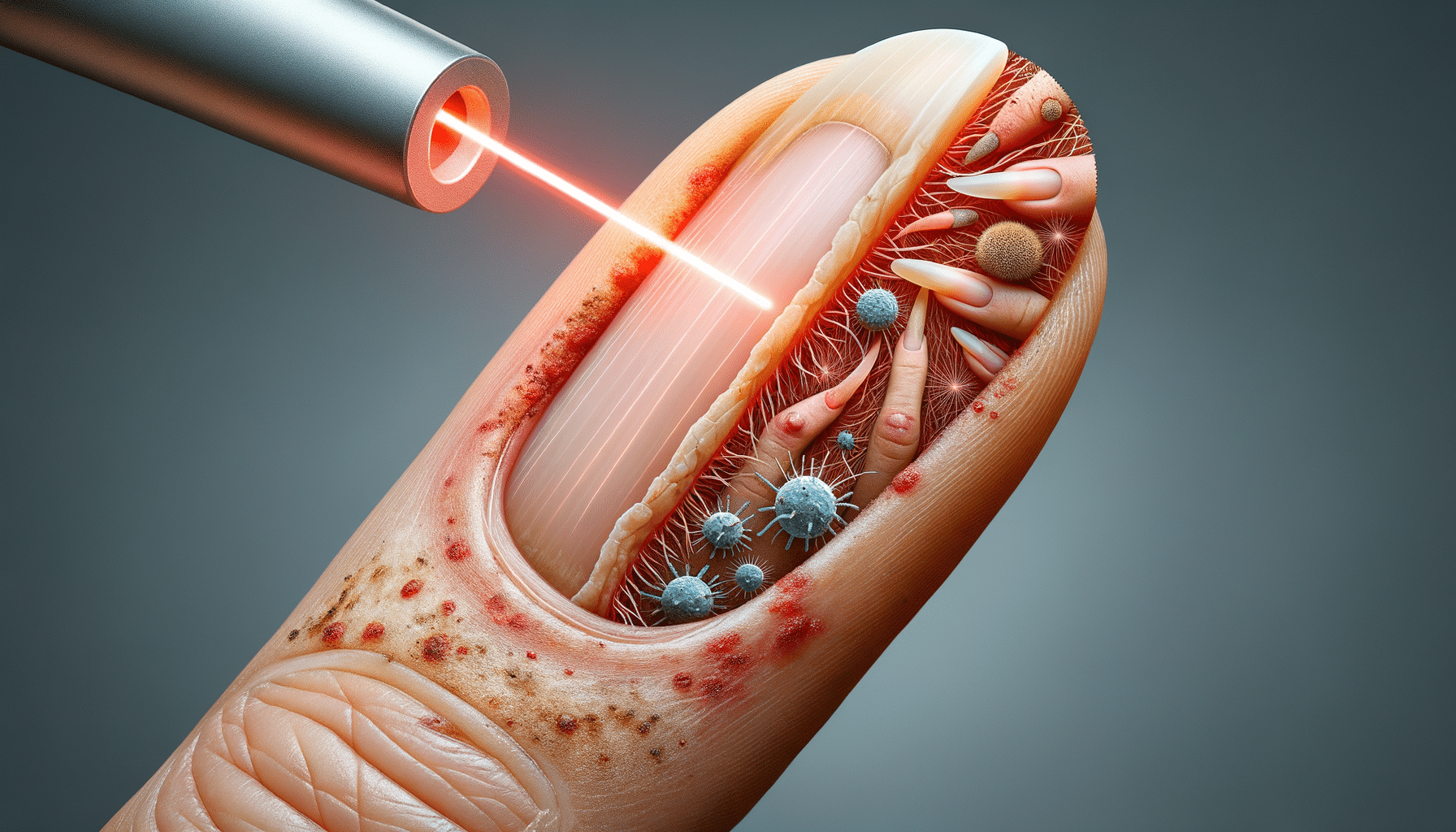
Laser Nail Fungus Treatment: Effective Solutions, Costs, and Clinic Options for Stubborn Infections
Understanding Laser Nail Fungus Treatment
Nail fungus, or onychomycosis, is a common condition that affects many individuals, causing nails to become discolored, thickened, and brittle. Traditional treatments often involve topical or oral antifungal medications, which can take months to show results and may have side effects. However, laser nail fungus treatment is emerging as a promising alternative. This method utilizes concentrated light beams to penetrate the nail and target the fungus directly. The laser energy is absorbed by the pigment in the fungi, effectively destroying it without damaging the surrounding tissue.
One of the significant advantages of laser treatment is its precision. Unlike topical treatments that may not penetrate the nail deeply enough, lasers can reach the fungus residing beneath the nail plate. Furthermore, this procedure is non-invasive, meaning there is no need for incisions or anesthesia, reducing the risk of complications. Patients often report minimal discomfort during the treatment, which typically lasts around 30 minutes per session. Depending on the severity of the infection, multiple sessions may be required to achieve optimal results.
Laser nail fungus treatment is gaining popularity due to its effectiveness and the convenience it offers. Patients appreciate the quick recovery time and the ability to resume normal activities immediately after the procedure. However, it is crucial to consult with a healthcare professional to determine if this treatment is suitable for you, as individual cases may vary.
Effectiveness and Safety of Laser Treatment
The effectiveness of laser nail fungus treatment has been a topic of interest among both medical professionals and patients. Studies have shown promising results, with many patients experiencing significant improvement in nail appearance and a reduction in fungal infection. The success rate can vary based on factors such as the severity of the infection and the type of laser used. It is important to note that while laser treatment can effectively kill the fungus, maintaining proper foot hygiene and following post-treatment care instructions are essential to prevent reinfection.
Safety is another critical aspect of laser nail fungus treatment. The procedure is generally considered safe, with a low risk of adverse effects. Unlike oral antifungal medications, which can have side effects such as liver damage, laser treatment targets only the affected area, minimizing systemic exposure. Patients may experience temporary warmth or tingling during the procedure, but these sensations are typically mild and short-lived.
Before undergoing laser treatment, it is advisable to discuss any medical conditions or medications with your healthcare provider to ensure the procedure is appropriate for you. Additionally, choosing a reputable clinic with experienced professionals can further enhance the safety and effectiveness of the treatment.
Cost Considerations and Choosing a Clinic
When considering laser nail fungus treatment, cost is an important factor for many patients. The price of the procedure can vary significantly based on factors such as the number of sessions required, the type of laser used, and the clinic’s location. On average, each session may cost between $200 to $500. While this may seem expensive, many patients find the investment worthwhile due to the potential for quicker and more effective results compared to traditional treatments.
Insurance coverage for laser nail fungus treatment is limited, as it is often considered a cosmetic procedure. However, some clinics offer payment plans or financing options to make the treatment more accessible. It is advisable to inquire about costs and payment options during the initial consultation to avoid any surprises.
Choosing the right clinic is crucial for a successful outcome. Look for clinics with experienced practitioners who specialize in laser treatments for nail fungus. Reading reviews and asking for recommendations can help you find a reputable provider. During your consultation, don’t hesitate to ask questions about the procedure, the type of laser used, and the practitioner’s experience to ensure you feel confident and informed about your treatment choice.